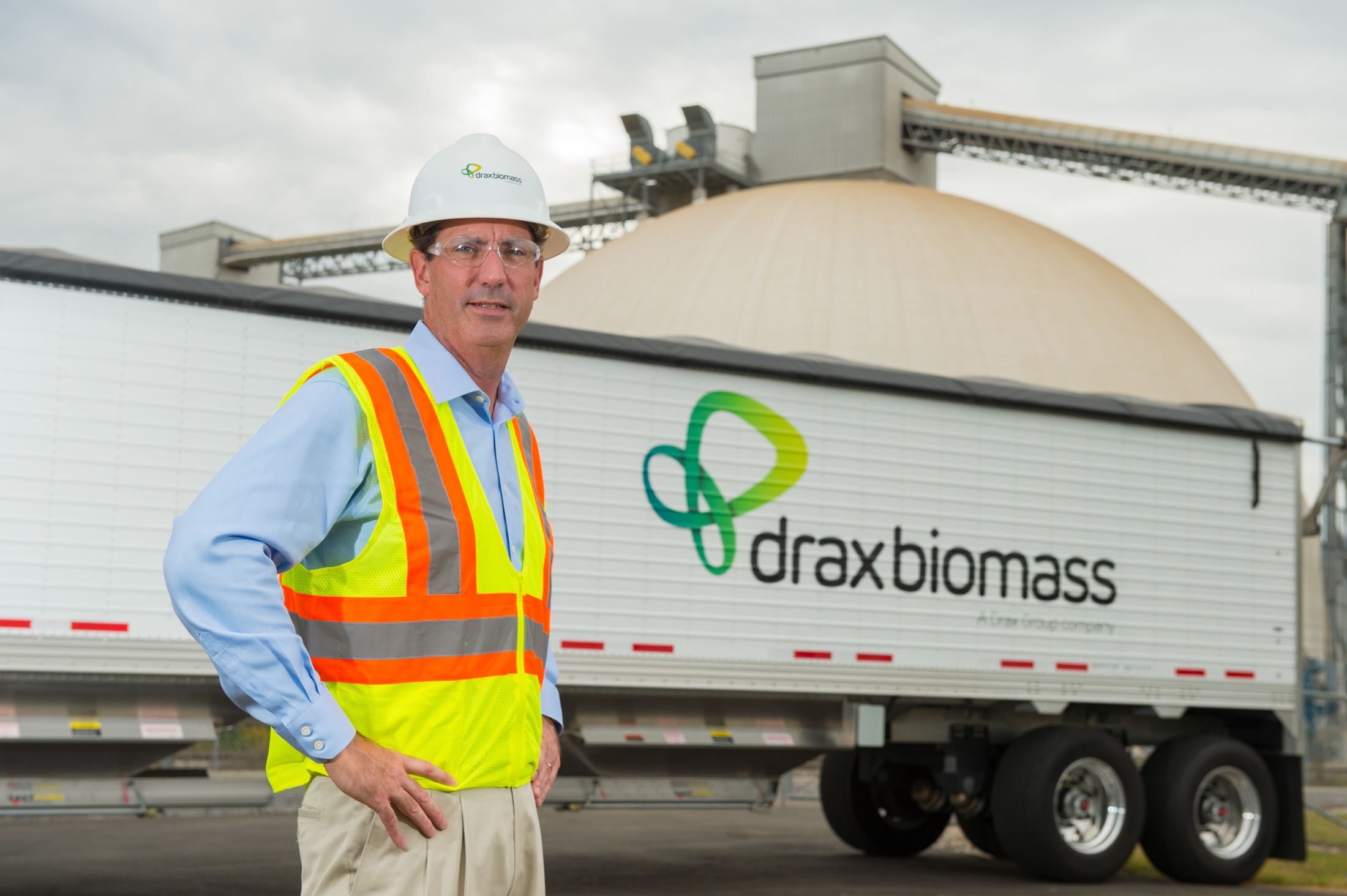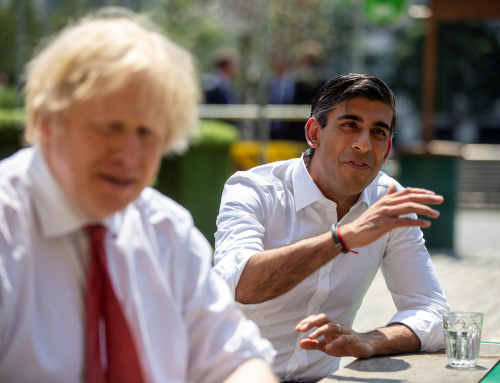The Drax Group firmly establishes itself as a leading renewable power producer.
(15/11/2016) What a difference a year can make. In October2015 it became clear that the government had launched a double whammy against the London-listed, £1,175.75 million market cap Drax Group, which owns and operates the UK’s largest power station, that could effectively scupper its plans to become one of the country’s leading renewable energy groups.
First, the then Chancellor the Exchequer George Osborne, decided to withdraw support for the White Rose carbon, capture and storage (CCS) project. Finding a CCS plant that worked on a commercial scale seemed like looking for the Holy Grail, nobody, certainly nobody in the UK, seemed to be able to discover how to do it.
A government sponsored prize of £1bn was on offer for any company with a solution and at one time there were a dozen companies in the race. Drax would be a partner in the White Rose project and build a plant next to its largely coal-fired power station in North Yorkshire. By September 2015 there was one other group apart from Drax left in the contest and Osborne decided to can them both and keep the prize money
Second, and perhaps more important Drax had been converting its coal power station into one using biomass, mostly wood pellets. As well as cancelling the CCS schemes the government of the day changed the Green subsidy regime and this meant that Drax’s conversion was badly impacted particularly because of the loss of the Climate Change Levy (CCL) exemption. The company’s share price bombed.
Yet, just one year later the company’s CEO, Dorothy Thompson, was able to say in the interim results statement for the year to June 30 2016, released in September 2016, that Drax was producing 7-8 per cent of the country’s electricity, enough to power Leeds, Manchester, Sheffield and Liverpool combined.
More than that, most of the of the electricity produced was from a renewable source. In the half-year the company said of the 10.9 terawatt hours (TWh) generated, 7.5TWh came from the use of compressed wood pellets, approximately 70 per cent of the total. For the corresponding period in 2013 (the start of the company’s transformation) the group achieved only a tenth of that, some 0.7TWh).
All this allowed the group to say that it has become one of the UK’s largest producers of renewable power and Europe’s largest single decarbonisation project. Drax has managed to do this because it has found the wherewithal to fund a £650-£700m rolling on-going conversion programme.
Dorothy Thompson Drax CEO said: “This has only been possible because of significant investment in developing and installing leading edge biomass technology at our power

Drax moving from coal to biomass, photo: www.drax.com
station in Yorkshire and throughout our entire supply chain”. Drax has a dedicated subsidiary, Drax Biomass, in the US , which supplies 15 per cent of the wood pellets used in Yorkshire.
None of this has come without some financial pain. During the period and after, the business has been impacted by weak commodity markets and the removal of the Climate Change Levy. This meant that revenues were 2 per cent down at £1,487m against £1,511m in the first half of 2015 and earnings before interest, tax, depreciation and amortisation (EBITDA) were 42 per cent lower at £70m against £120m in the comparable period.
Investors do not seem to be too concerned about this, buying into the argument that there has been a stronger than expected operational performance and efficiency savings. The shares motored upwards from a 52 week low of 207.60 pence to 357.20p in July. The share price has come back since the high. Today it was down slightly to 288.60p.
Stewart Dalby (06/06/2016)





